Questions and answers
As Verdun residents, we’ve seen the success and acclaim of the summer pedestrianization of Wellington and its benefits to the community. Our proposal to extend this pedestrianization has led to many questions on its rationale and feasibility:
Table of contents
- Why should Wellington be a pedestrian street?
- Who is advocating for this?
- What part of Wellington are you proposing to be pedestrianized?
- How will this impact accessibility?
- Won’t business suffer if Wellington is pedestrianized?
- What about buses?
- What about bikes?
- Won’t this accelerate gentrification?
- Won’t it be noisy?
- Won’t it back up traffic on other streets?
- Where will people park?
- Isn’t Montreal too cold for a pedestrian street?
- How will snow be plowed?
- How will emergency vehicles and delivery trucks have access?
Why should Wellington be a pedestrian street?
Pedestrianizing Wellington year-round would: Increase comfort and safety for the high volume of vulnerable road users - over 5 million pedestrians per year. This means being able to cross the street without hesitation, or being able to comfortably walk side by side as a couple, family or group of friends.
Improve the quality of the urban environment on Verdun’s main commercial street by reducing noise pollution and adding vegetation, art, and communal spaces.
Reduce car use and dependency by inducing demand for alternatives. This is essential to meeting our GHG emissions reductions targets, as 43% of our emissions in Quebec are from transportation.
Improve social equity by re-appropriating the roadway occupied by private vehicles into an equitable public space suitable for socializing, shopping, or leisure.
Promote local commerce as pedestrian streets are more economically productive and encourage business activity.
This right to initiative petition refers to Article 24(d) of the Montréal Charter of Rights and Responsibilities published in 2006. In that article, the city pledges to “promote active mobility by limiting the use of automobiles in an urban milieu.” Despite this pledge, the number of passenger vehicles in circulation on Montreal’s roads has since increased by 16% from 677,659 in 2006 to 788,987 in 2020.
This increase is attributed entirely to the growth in non-commercial passenger vehicles, particularly SUVs and pickup trucks.
Car-free streets and zones are one of the most effective ways to reduce car dependence and reverse this trend. This change will also have beneficial impacts on safety, community vitality, and commerce. We also expect this initiative to serve as inspiration for other neighbourhoods and cities.
Who is advocating for this?
Residents of Verdun with an interest in social equity and a desire to improve our urban environment.
What part of Wellington are you proposing to be pedestrianized?
We propose pedestrianizing the same area as in the summer - from Rue Regina to 6e avenue.
How will this impact accessibility?
Our vision of Wellington emphasizes universal accessibility, improving the experience and access on the street for everyone. The public consultation we’ve been granted will be an opportunity to prioritize vulnerable road users and re-imagine our infrastructure for inclusivity and accessibility.
Currently, the street has a number of accessibility obstacles. A permanent transformation could include repaving and raising the street as a flat surface from edge to edge, ensuring entrances to storefronts are level with the street. Elimating the boundary between the existing sidewalk and road would allow for greater flexibility when allocating street space for activities, commerce, and mobility.
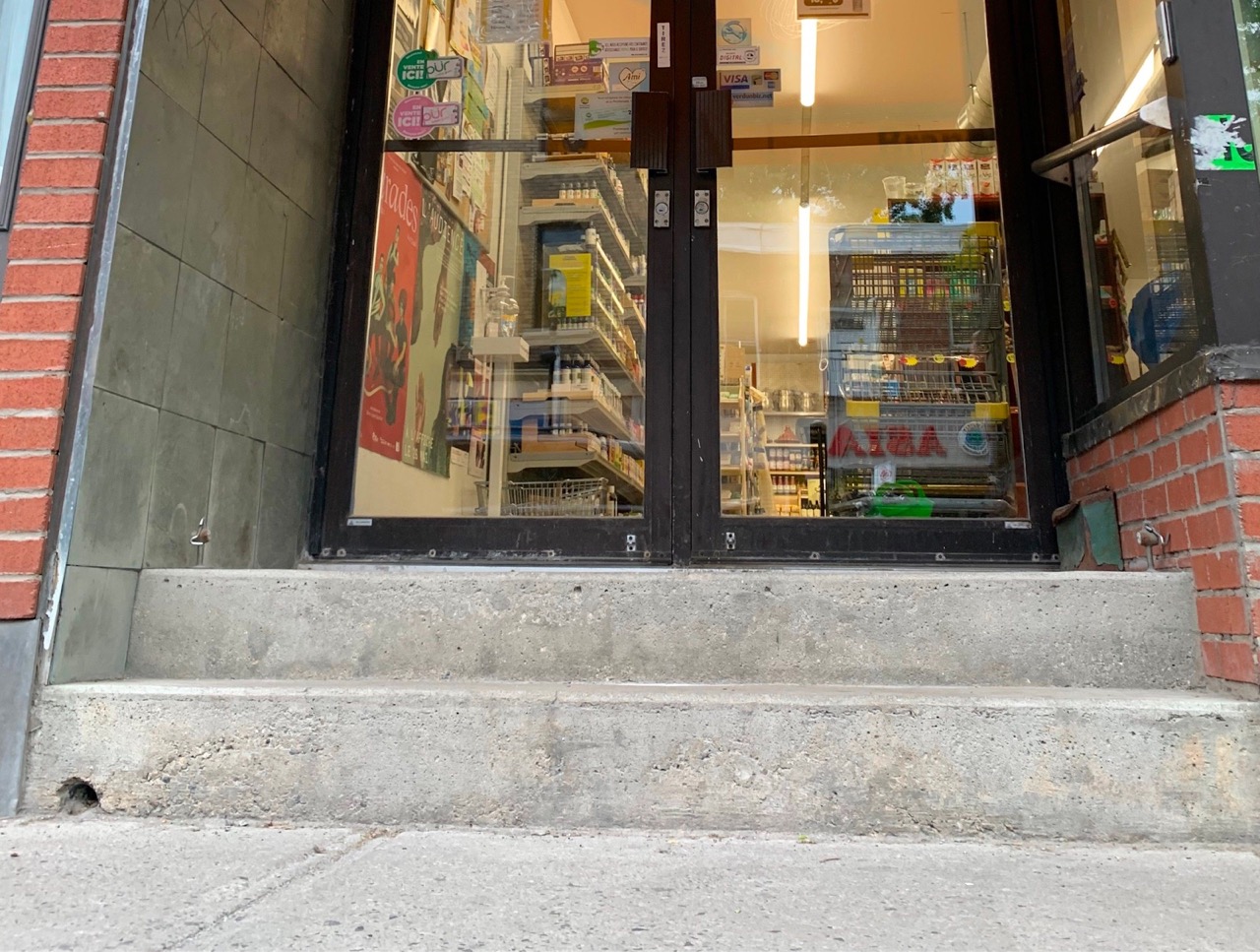
A consideration when discussing accessibility is the variety of health conditions that can impact mobility, many of which do not fit into our presumptions. For instance, there are cognitive, neurological, visual, and motor function disorders that prevent individuals from driving. For these road users, the presence of motor vehicles on a street as busy as Wellington encumbers their access and safety.
On accessibility for seniors, it’s important to note that we outlive our driving years by on average a decade.
One in five people over 65 don’t drive. By age 80, 65 percent are no longer driving, while only 40 percent have difficulty walking. Seniors eventually have to give up driving even as they are still able to walk.
Seniors over 65 represent 18% of the population of Quebec but half of pedestrians killed in collisions each year. Diversifying mobility options will prevent tragedies and promote greater transportation equity.
We want to hear from mobility-reduced people to understand needs and concerns, so we can advocate for a vision of the Well that is accessible and sustainable. If you or someone you know would like to be in touch about this, email us.
Won’t business suffer if Wellington is pedestrianized?
A study analyzing Montreal’s commercial streets reveals that more parking correlates with an increase in storefront vacancy and that in general, people-oriented streets are more economically productive, generate greater tax revenue, and provide a higher return on investment than car-oriented streets. Concerns about the impact on business are often raised when space for cars is removed in our city, though once such projects are completed, these fears do not materialize.
On Wellington, the rise in foot traffic during pedestrianization has already been quantified. In 2021, Wellington’s second year of summer pedestrianization, foot traffic increased by 17%.
Business on Wellington is already exceptional. According to the SDC, businesses on this street have a five-year a survival rate nearing 70%, exceeding the Canadian average. If business revenue must meet a threshold for pedestrianization to be considered, Wellington is an appropriate choice, already meeting the prescribed standards for a pedestrian street.
Our petition succeeded thanks to businesses on Wellington in the services, dining, and retail sectors who collected signatures from customers in support of our initiative.
What about buses?
Wellington is served by bus route 61. During summer pedestrianization, this bus line is rerouted to Blvd Lasalle. For a year-round pedestrian street, a number of mobility options for transit users can be considered:
Within the pedestrian zone, small shuttles like this one in Europe, can be an accessible transit option. Their small footprint allows them to coexist on a car-free street, with service that is less disruptive to the urban environment than an average city bus.
Door-to-door paratransit bus service (transport adapté) on Wellington can be maintained as an accessible transit option.
Seniors and people with reduced mobility are also provided a free taxi service in the area covering Promenade Wellington as part of a pilot project during the pedestrianization period. Such service can benefit from greater promotion and expansion.
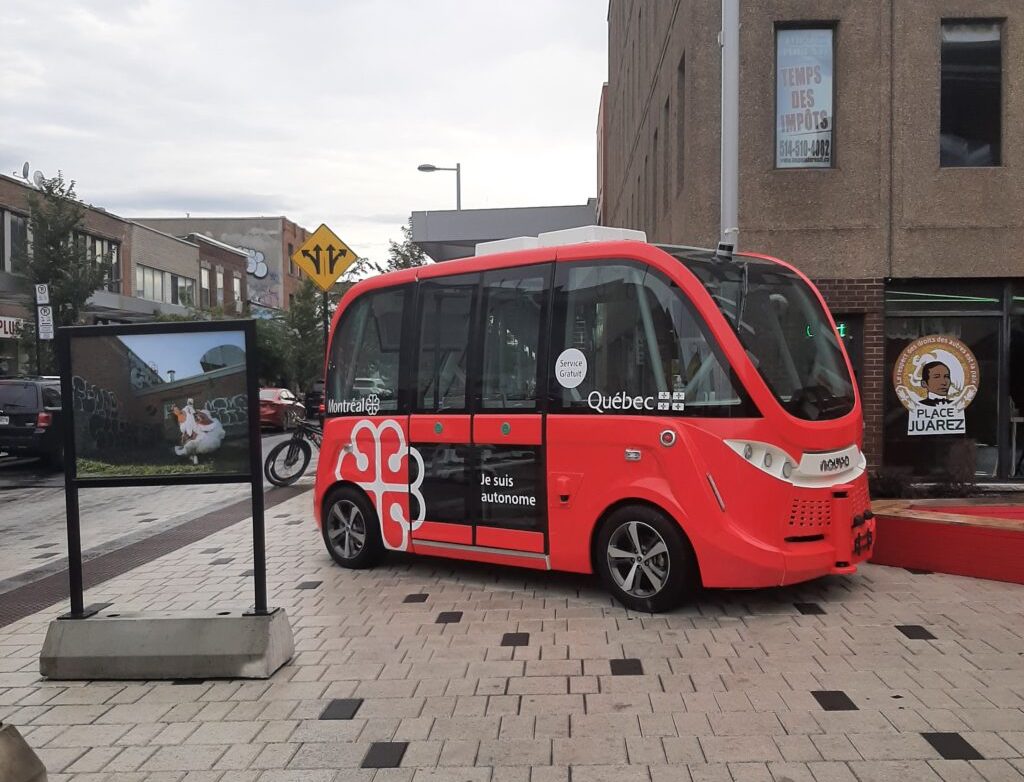
What about bikes?
We support the coexistence of cyclists, non-motorized vehicles, and mobility aids on a pedestrianized Wellington street. Limitations can be set, such as during special events.
According to guidelines in CROW Design Manual for Bicycle Traffic, pedestrians and cyclists can coexist given parameters for the size of the street and foot traffic (Less than 200 pedestrians per hour per meter of street width). Ongoing discussion on design and needs of residents and commuters can determine the appropriate configuration.
Other considerations for street design, low speed limits, scooter restrictions, and awareness campaigns will help Montreal’s growing cycling culture coexist on such a street.
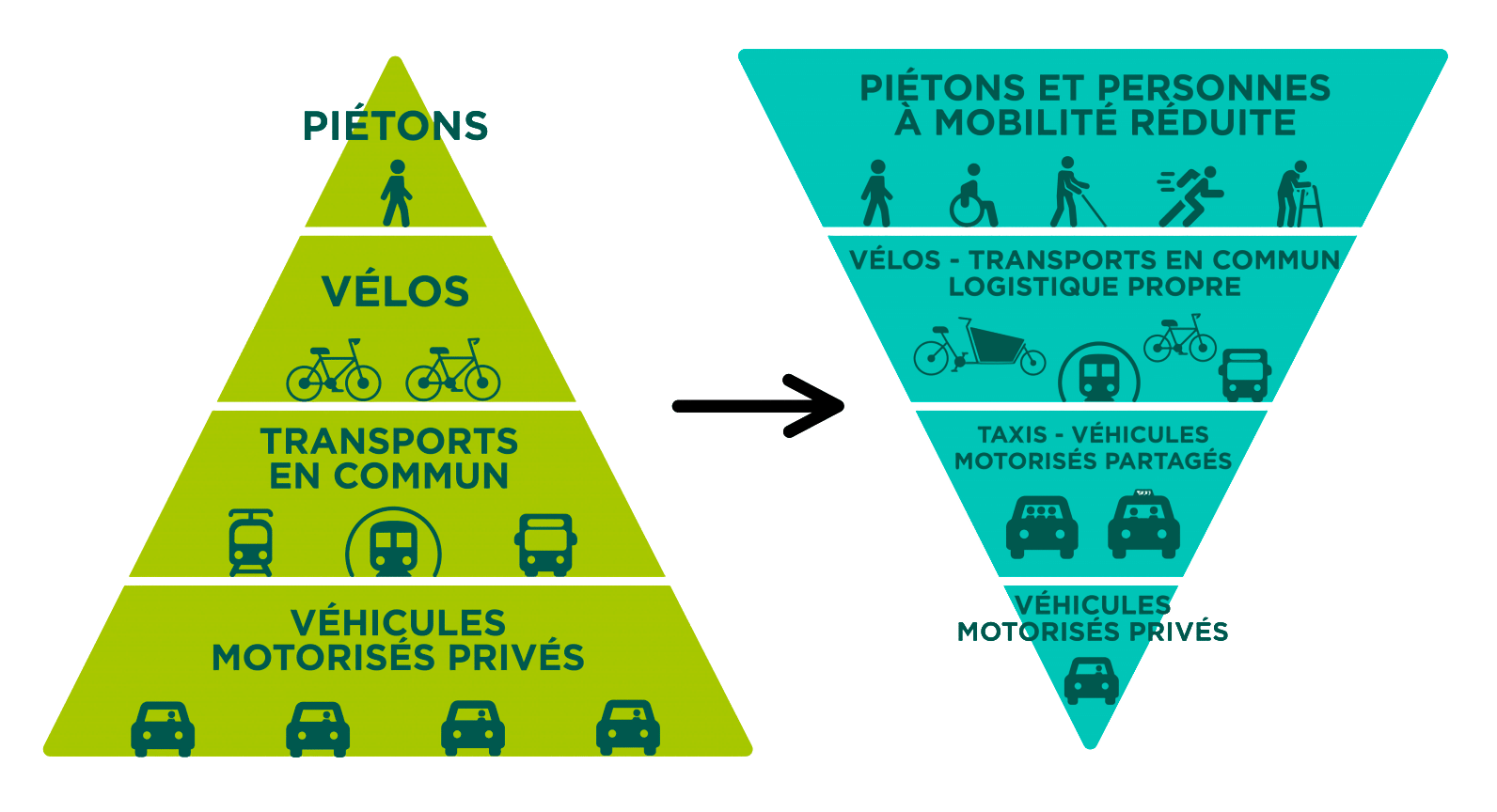
Won’t this accelerate gentrification?
The housing crisis is among the most pressing issues faced by residents of Montreal. In addition to tackling our self-imposed scarcity of nice places that concentrates demand for housing in walkable, human-scale neighbourhoods, regulations must be strengthened and enforced to combat speculation, greed, and predatory real estate practices.
Although we are committed to addressing these inequities in our city, the focus of this initiative is to address transportation inequity and its impact on public health and safety. We love our community, and it’s essential Verdun be kept affordable to low income, long term residents, and local businesses.
Addressing environmental gentrification requires regulatory changes, and should be dealt with urgently by higher levels of government and community organizations. We’d like to acknowledge the organizations doing work on the issue of tenants rights in Verdun:
Comité d’action des citoyennes et citoyens de Verdun
The Coalition of Housing Committees and Tenants Associations of Quebec’s (RCLALQ)
Won’t it be noisy?
Noise from entertainment venues, or that from clients of bars and restaurants, are attributes of a vibrant and dynamic city.
We believe this issue can be addressed by discouraging bar patrons from loitering outside and that existing noise regulations are respected and enforced.
Motor vehicles are the greatest source of harmful noise pollution, which disproportionately affects lower income groups. Re-introducing vehicular traffic with the purpose of discouraging the presence of people, particularly unhoused people, is inappropriate and counterproductive to reducing urban noise pollution.
Won’t it back up traffic on other streets?
By making streets and whole areas of our city pleasant and practical to exist in without a car, we will reduce car usage and therefore traffic. According to the Case Studies on Transport Policy, implementing car-free zones are effective in reducing car use by 10-20%.
It’s up to us and our elected officials to take real action in reducing the number of cars on our roads. The more space we provide cars, the more we induce demand for cars. The less space we provide to passenger cars, the more we will induce demand for collective and compact forms of transportation over a longer period. With temporary summer pedestrianization, there is little incentive to change one’s long-term transportation habits, so the disruption never goes away.
Where will people park?
We believe the loss of street parking is not an unfortunate consequence of pedestrianization but a crucial step to reducing the use and prevalence of automobiles in our city. That said, there are an abundance of reserved accessible and paid parking spots on perpendicular streets, as well as several parking lots that are consistently below capacity.
If you’re interested in this topic, we recommend reading the Conseil régional de l’environnement de Montréal’s 2023 white book Le stationnement à Montréal : 23 propositions pour une mobilité efficace, équitable et écologique that outlines innovative ways we can make efficient use of existing space for vehicles.
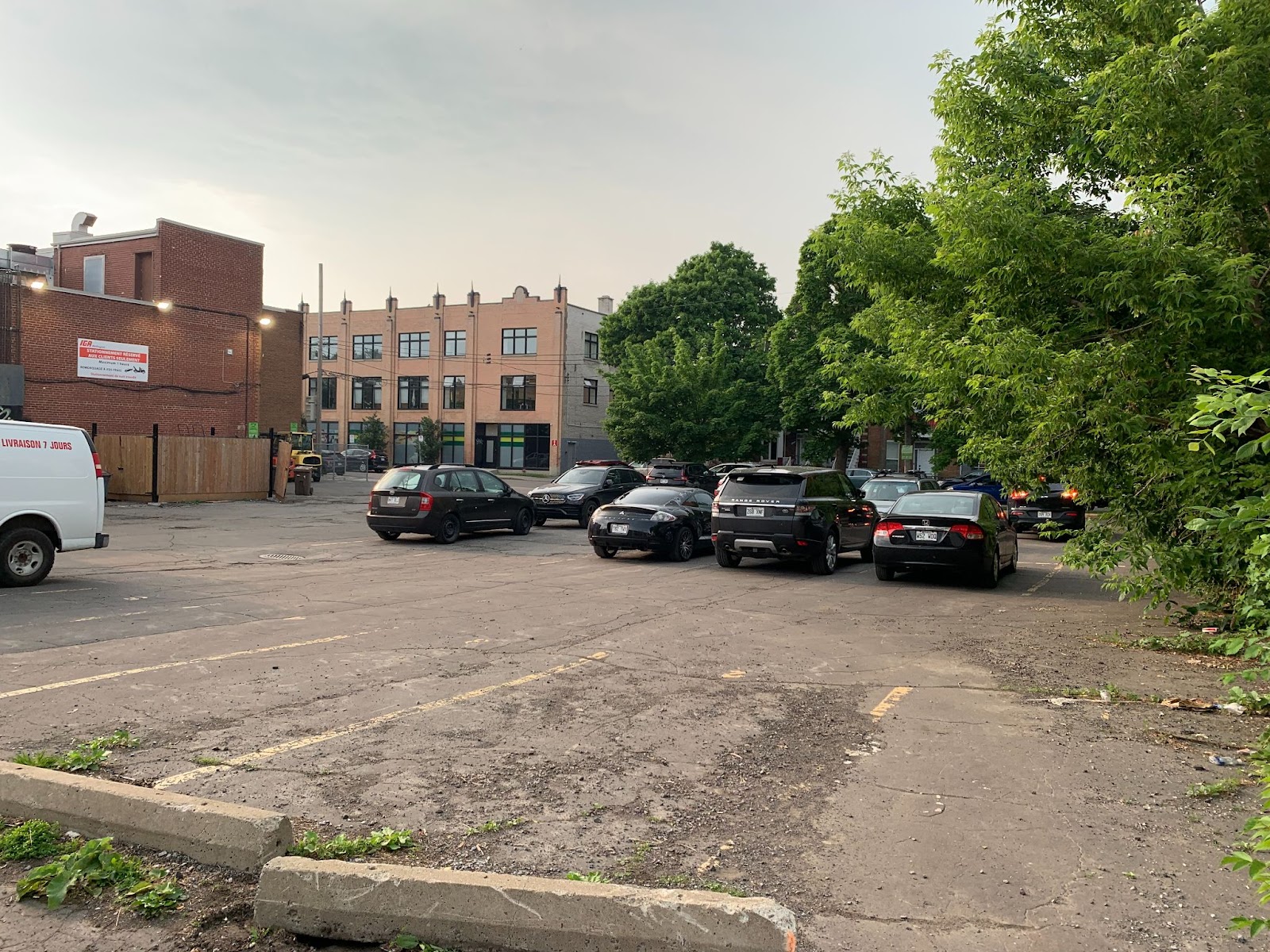
This is not a lack of parking space but a misallocation of parking space.
Isn’t Montreal too cold for a pedestrian street?
Montreal may be cold, but we still invest in our parks, sporting fields, benches, and other outdoor amenities that are less ideal in the winter. Cold winter days are simply a fact of life even for those who have the privilege of shovelling their car out of a snow bank. As with walking and cycling, owning and operating a car presents its set of challenges in the winter that are too often spared from scrutiny.
A survey conducted by the city of Montreal reveals that our existing habits are compatible with a pedestrian street - there is little change in modes of commute to Place Wellington in the summer vs the winter (13% vs 20% by car for each season respectively).
This is the case on permanent pedestrian streets around the world, many of which are in climates colder, snowier, rainier, and gloomier than ours.

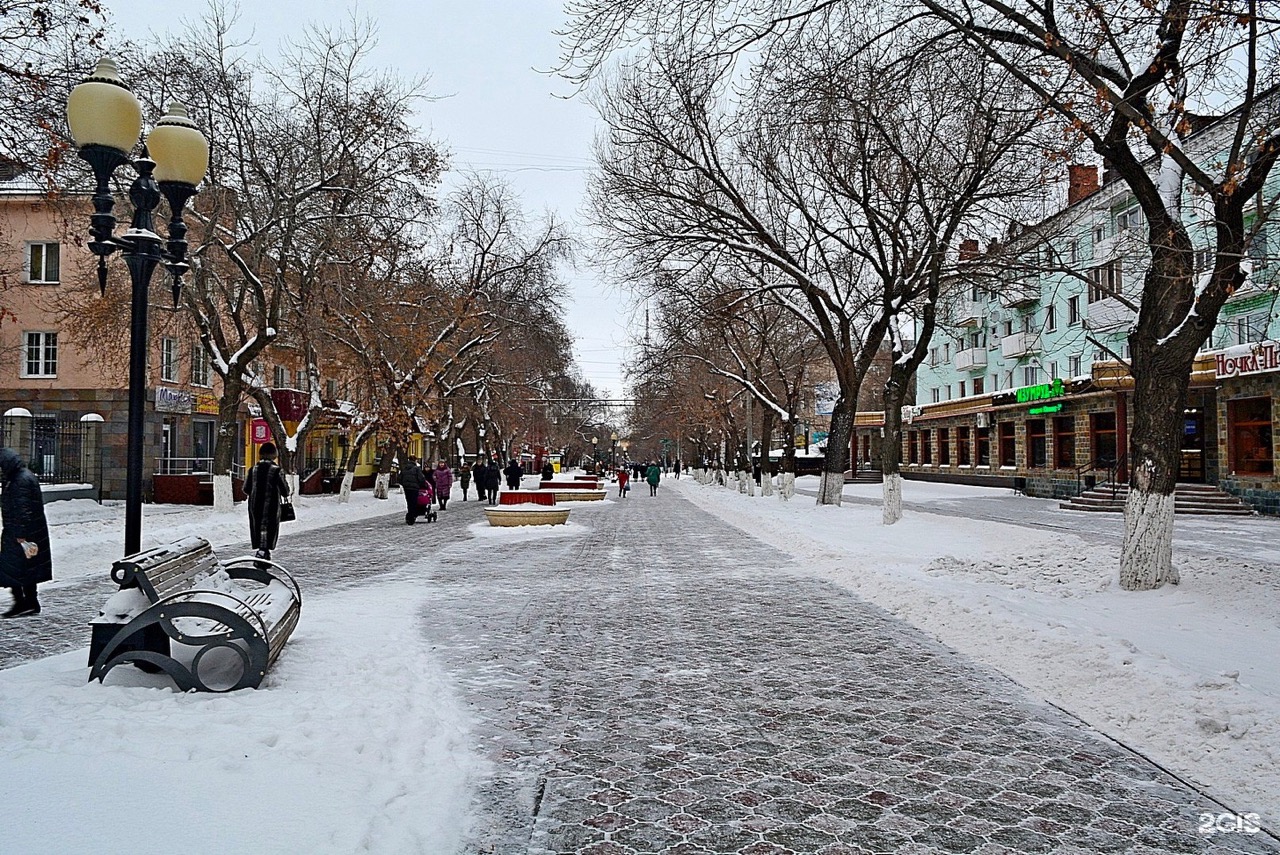
How will snow be plowed?
Most pedestrian streets do not physically prevent vehicles from entering, they just don’t allow them. Snow can be plowed with existing street and sidewalk plowing equipment.
According to the City of Montreal, the costs of snow removal on a pedestrian street are similar to those on streets open to car traffic. Source

How will emergency vehicles and delivery trucks have access?
As in the summer, emergency and delivery vehicles are exempted. Even the highest volumes of pedestrian traffic are compatible with emergency vehicles.
For deliveries, there are a number of considerations that can be made, such as the time windows for deliveries and locations of delivery zones. Evening delivery hours can be made and exceptions for certain types of vehicles like cargo bikes, electric vans, and handcarts can be implemented. With this strategy, pedestrianization can help stimulate a modal shift towards cleaner vehicles.
When the number of motorized passenger vehicles in the pedestrianised area significantly drops, loading and unloading a delivery vehicle may also become easier.
It will be important to monitor traffic flow, the impact to transport operators and users, and the modal shift so adjustments can be made accordingly.
—
Published: 2023 June 28
Last Updated: 2024 September 16

